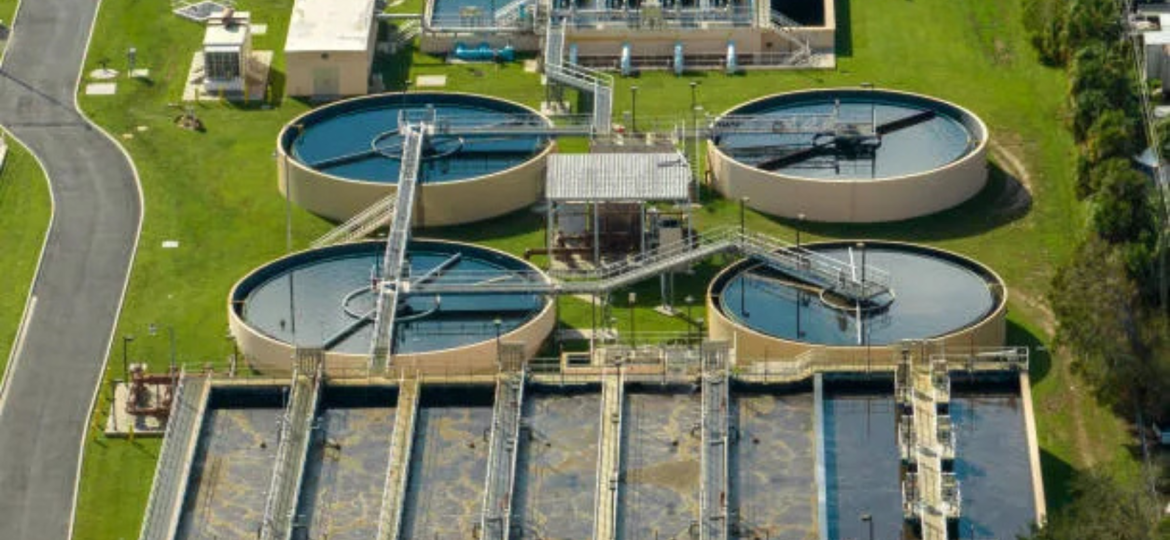
A sewage treatment plant (STP) is essential for wastewater management, ensuring that wastewater is treated before being released or reused. However, many STP owners and operators face challenges where their system stops working efficiently or completely fails. Understanding the reasons behind sewage treatment plant failures can help prevent costly repairs and operational disruptions.
In this blog, we will explore the most common reasons why your sewage treatment plant is not working and why it is crucial to choose a technically advanced company like SUSBIO and its innovative product, SUSBIO ECOTREAT, for long-term and hassle-free wastewater treatment.
Common Reasons for Sewage Treatment Plant Failures
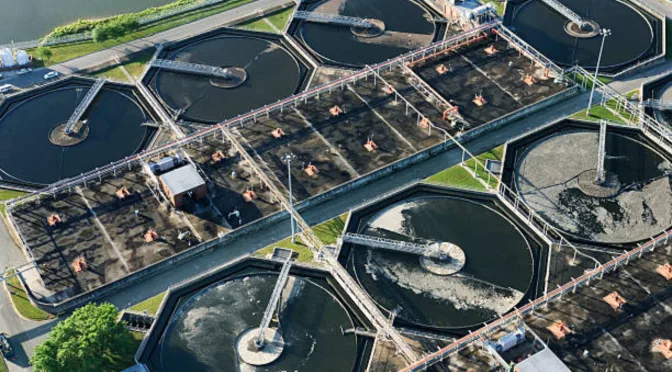
1. Inaccurate Design and Planning
A poorly designed wastewater treatment plant can lead to frequent breakdowns and inefficiencies. Some common design flaws include:
Undersized STP capacity – Leads to overloading and inefficiency.
Improper hydraulic flow – Causes uneven wastewater distribution.
Lack of redundancy – No backup in case of system failures.
2. Improper Installation
Even the best-designed sewage treatment plant can fail if it is not installed correctly. Some installation-related issues include:
Incorrect pipe connections leading to blockages.
Poor placement of aeration and filtration units.
Structural issues causing leaks and seepages.
3. Inadequate Maintenance and Servicing
Regular servicing is crucial for any wastewater treatment plant. Ignoring maintenance leads to:
Clogging of filters and membranes.
Sludge build-up reducing efficiency.
Wear and tear of mechanical components.
4. Operational Errors and Lack of Skilled Personnel
Many STPs fail due to improper handling by untrained personnel. Common mistakes include:
Incorrect chemical dosing.
Irregular aeration affecting microbial growth.
Lack of monitoring, leading to unnoticed failures.
5. Electrical and Mechanical Failures
Electrical faults or mechanical breakdowns can lead to STP shutdowns. Common issues include:
Pump and blower failures.
Sensor malfunctions.
Power supply fluctuations causing equipment damage.
6. Fluctuations in Inflow Quality
STPs are designed based on expected influent wastewater quality. Variations in inflow can lead to issues such as:
High oil and grease content choking the system.
Sudden increase in organic load causing process failure.
Toxic chemicals killing beneficial bacteria.
7. Sludge Management Issues
Improper sludge handling can cause STP inefficiencies. Issues include:
Excess sludge accumulation reducing plant efficiency.
Poor sludge dewatering causing odor problems.
Inadequate sludge disposal leading to environmental hazards.
Why Choose a Technical Company Like SUSBIO?
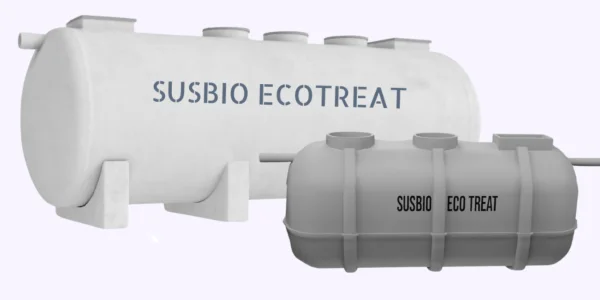
To avoid STP failures, it is crucial to work with a technically proficient company like SUSBIO, which specializes in wastewater treatment plants and provides cutting-edge solutions like SUSBIO ECOTREAT.
Benefits of Choosing SUSBIO and SUSBIO ECOTREAT
Advanced Prefabricated Design: Ensures proper hydraulic and process design, eliminating common operational issues.
High-Quality Materials: Built with fiber-reinforced plastic (FRP) for durability and a 10-year warranty on the material of construction.
Expert Installation and Commissioning: Ensures correct setup for long-term performance.
Energy Efficiency: Consumes less power compared to traditional STPs, reducing operational costs.
In-House Service Team: Provides professional maintenance and troubleshooting to keep your STP running smoothly.
Customizable Solutions: Designed for residential, commercial, and industrial applications.
FAQs on Sewage Treatment Plant Failures
1. Why does my STP produce a foul smell?
A foul odor usually indicates anaerobic conditions due to poor aeration, excess sludge accumulation, or improper organic load management.
2. What should I do if my STP stops working suddenly?
Check for power supply issues, mechanical failures, or blocked pipelines. If unresolved, contact an STP expert like SUSBIO for troubleshooting.
3. How often should an STP be serviced?
Regular maintenance should be performed every 3-6 months to ensure optimal performance and prevent failures.
4. Can I upgrade my existing STP to improve efficiency?
Yes, existing wastewater treatment plants can be upgraded with advanced technologies like SUSBIO ECOTREAT for better performance and energy efficiency.
5. How do I prevent STP failures in the future?
Choose the right sewage treatment plant based on capacity and application.
Ensure professional installation and regular servicing.
Opt for energy-efficient and low-maintenance solutions like SUSBIO ECOTREAT.
Monitor operational parameters and address minor issues before they become major problems.
Conclusion
A failing sewage treatment plant can lead to environmental hazards, regulatory issues, and high maintenance costs. Understanding the reasons behind STP failures—such as poor design, incorrect installation, inadequate maintenance, and operational errors—can help prevent major issues. To ensure long-term efficiency and reliability, it is vital to choose a technically advanced company like SUSBIO and invest in SUSBIO ECOTREAT.
With SUSBIO ECOTREAT, you get a high-performance, cost-effective, and sustainable wastewater treatment plant designed for efficiency, durability, and easy maintenance. Whether for residential, commercial, or industrial use, SUSBIO ECOTREAT ensures compliance with environmental regulations while providing seamless wastewater treatment solutions.
For a reliable sewage treatment plant, choose SUSBIO ECOTREAT—the ultimate solution for wastewater management in 2025 and beyond!






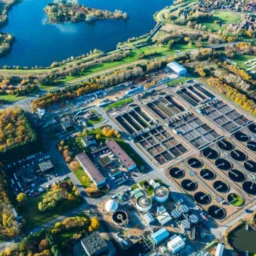
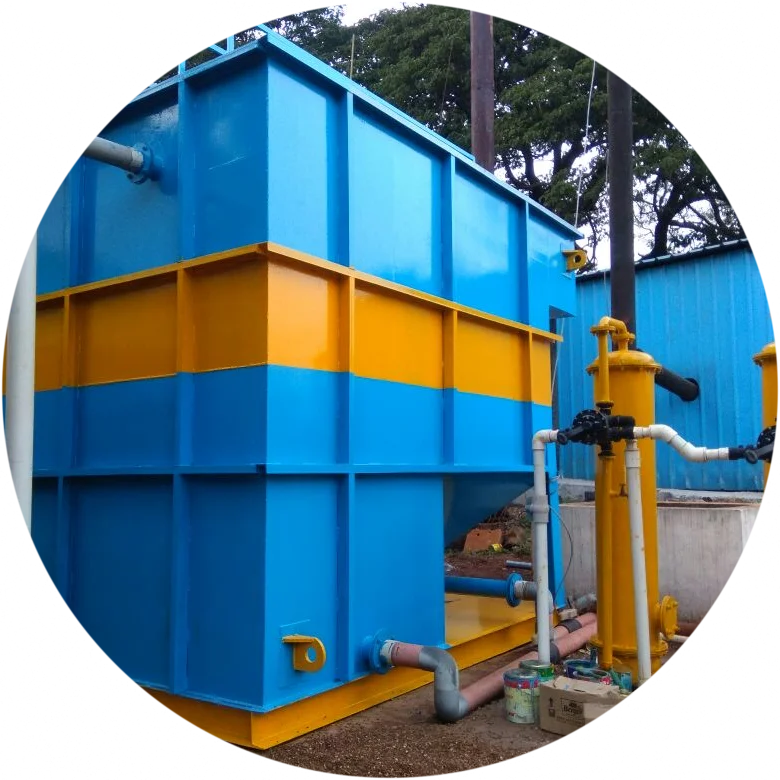

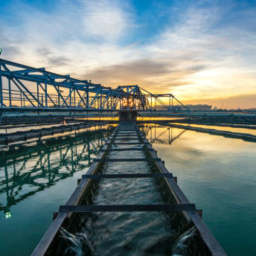


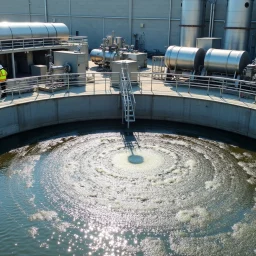
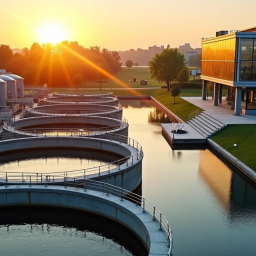

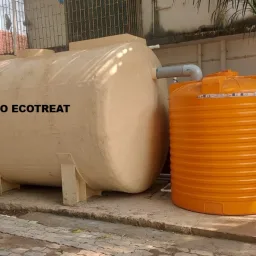
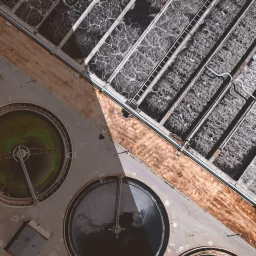

This blog provides valuable insights into common sewage treatment plant issues and their solutions. It’s a helpful guide for troubleshooting problems and ensuring efficient wastewater management.
[…] hazards, costly repairs, and non-compliance penalties. In this blog, we’ll explore the most common signs of STP failure, their causes, and how SUSBIO ECOTREAT—a next-generation prefabricated STP—addresses these […]